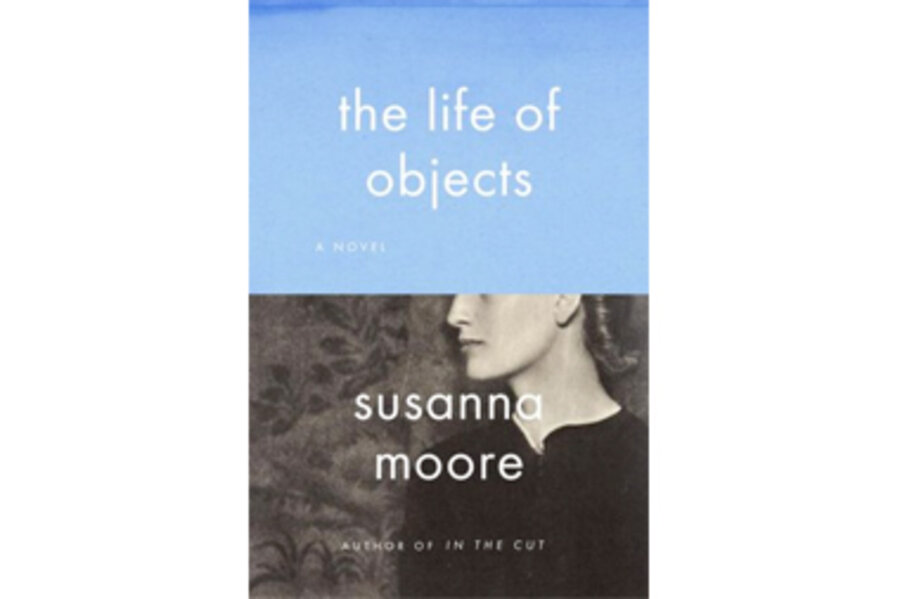Beatrice Palmer is an Irish girl who longed for something, anything to happen. She gets her wish in Susanna Moore's World War II fairy tale, The Life of Objects. This isn't the Disney version – as Beatrice herself says, the story is one that could have been written by the Brothers Grimm.
“I was a quiet girl, by all accounts, conversation considered an unnecessary luxury by my parents,” Beatrice says. She's not allowed to read in her family's shop “lest it appear that I gave myself airs.”
Time hangs so heavy on her hands that she teaches herself to make lace, a dying art even in 1930s Ireland.
Beatrice's fairy godmother is a Cuban-born countess, Inez, who whisks her off to Germany to be the personal lace-maker for Felix and Dorothea Metzenburg... who, despite Inez's assurances, have little interest in lace.
However, they are in need of servants, most of theirs having been requisitioned by the Third Reich. As punishment for refusing a diplomatic posting, Felix Metzenburg has been ordered to his country house, the Yellow Palace, where the family arrives with 23 wagonloads of treasure – Old Master paintings, Meissen figures, rare books, jewelry.
Beatrice, her fingers used to delicate work, is given the task of helping the elderly butler catalog and organize everything.
Before joining the Metzenburg household, “my experience of valuable objects had been limited to commemorative pickle forks,” but Beatrice, who they all call Maeve, gets graduate-level studies in vorzuglich. “Exquisite. My first German word.”
She also minors in fashion and etiquette, being included in dinner parties by her refined employers, who are desperate for company, and gets German lessons from Herr Elias, a Jewish tutor.
“While I didn't like to think of myself as a servant, I knew I fell into that less easily defined company that included governesses and ladies' maids.”
Lace-making and a knowledge of fine art are a particularly useless combination of skills in wartime, but Beatrice also has a core of loyalty and determination. The Yellow Palace, unfortunately, is not furnished with a forest of thorns – although its maze-like Night Forest proves a haven – and even impeccable taste cannot keep out the war.
As privations mount, the Metzenburgs' exquisite items, which have been buried throughout the park, are dug up and sold. While they picnic after an air raid on potted shrimp and Champagne, there being no “normal” food handy, by the end, the elaborate dinner parties have given way to a diet of acorn coffee and gummy black bread and the Russians have overrun the grounds.
Beatrice repays the Metzenburgs many times over with her faithfulness, refusing to return to Ireland long past the point where anyone with an ounce of self-preservation would packed her bags and promised to send a postcard.
While she admires the Grimms, the character she herself most resembles is Hans Christian Andersen's “The Steadfast Tin Soldier,” who repays beauty with unswerving devotion.







